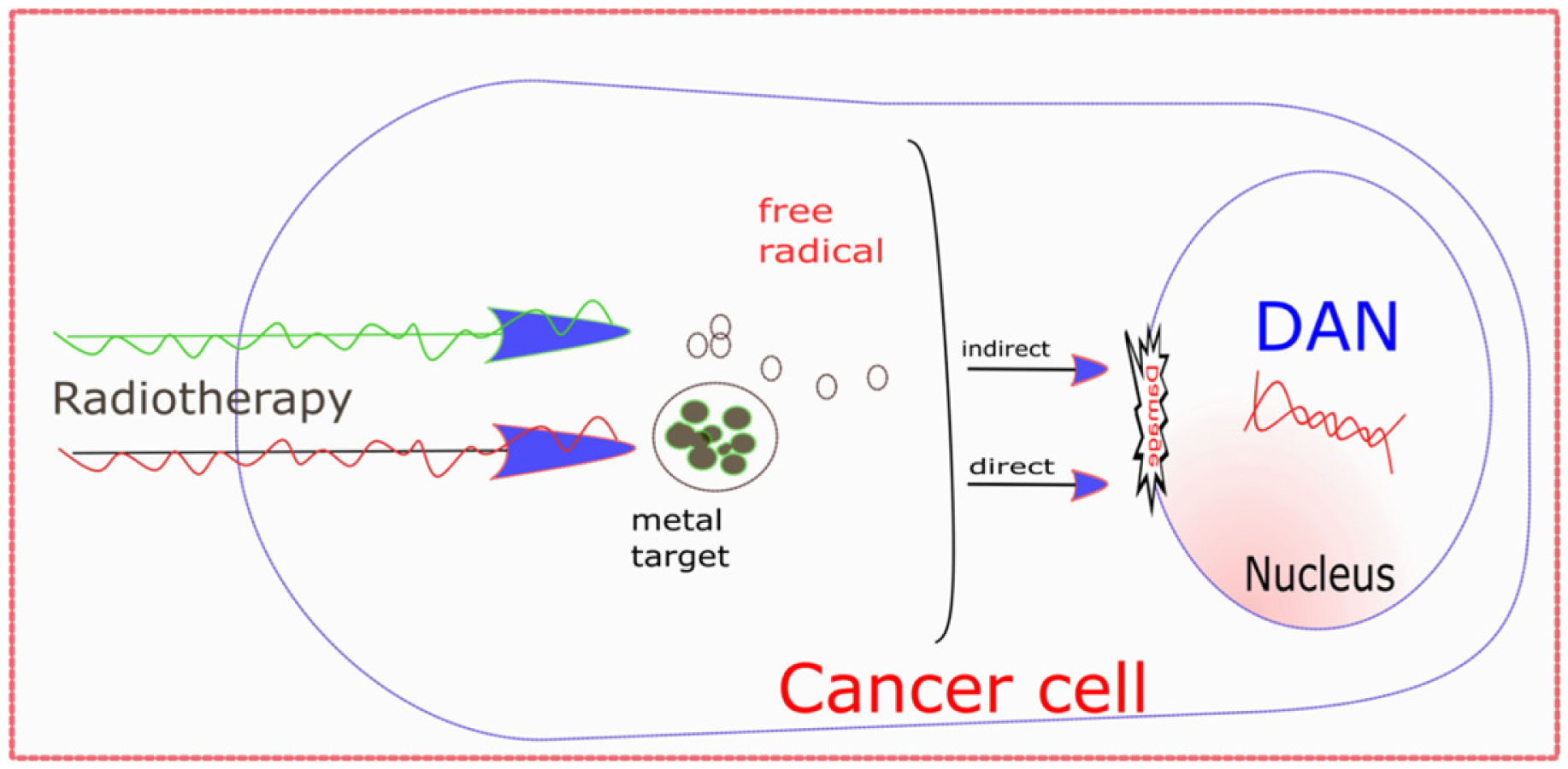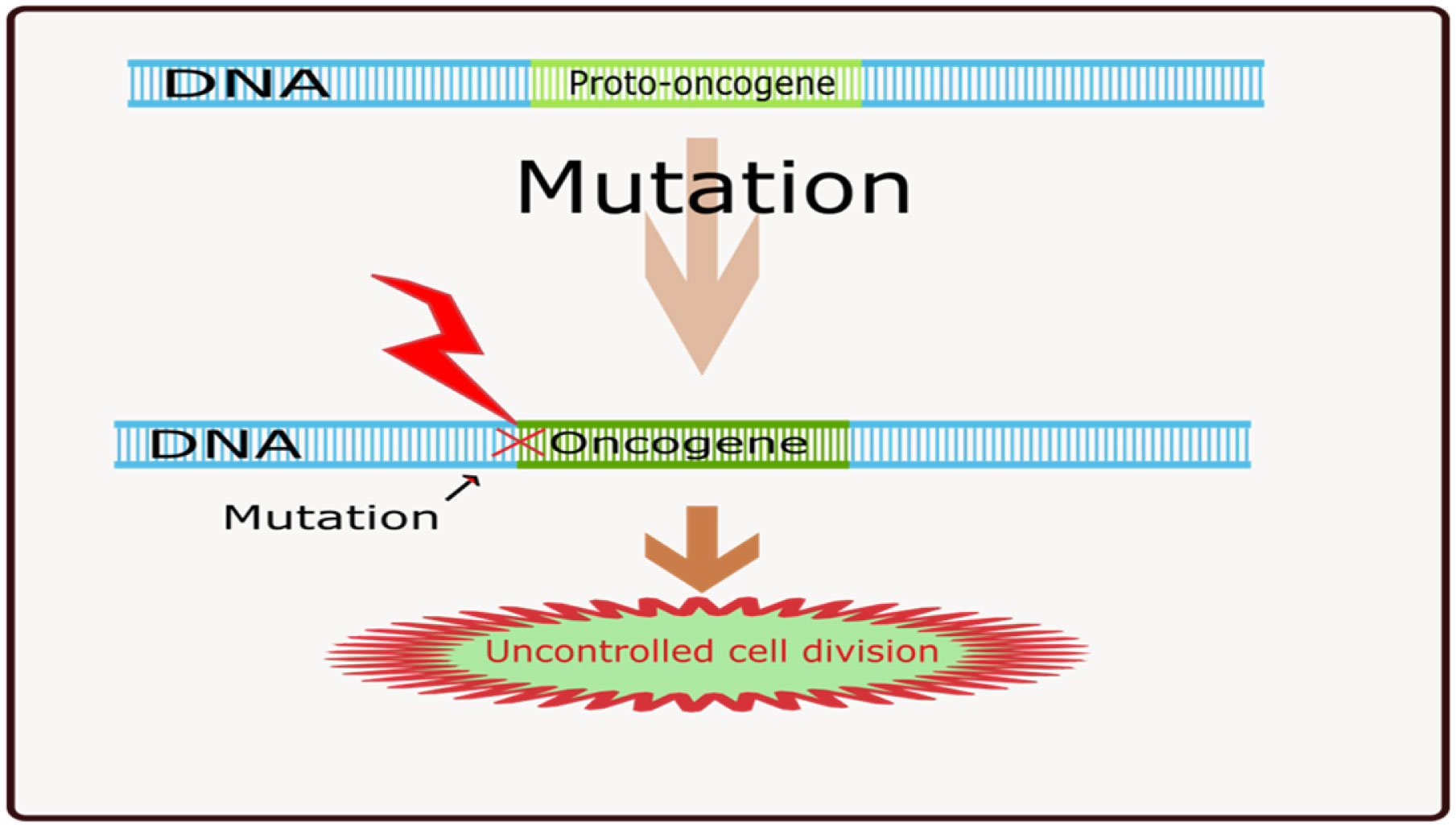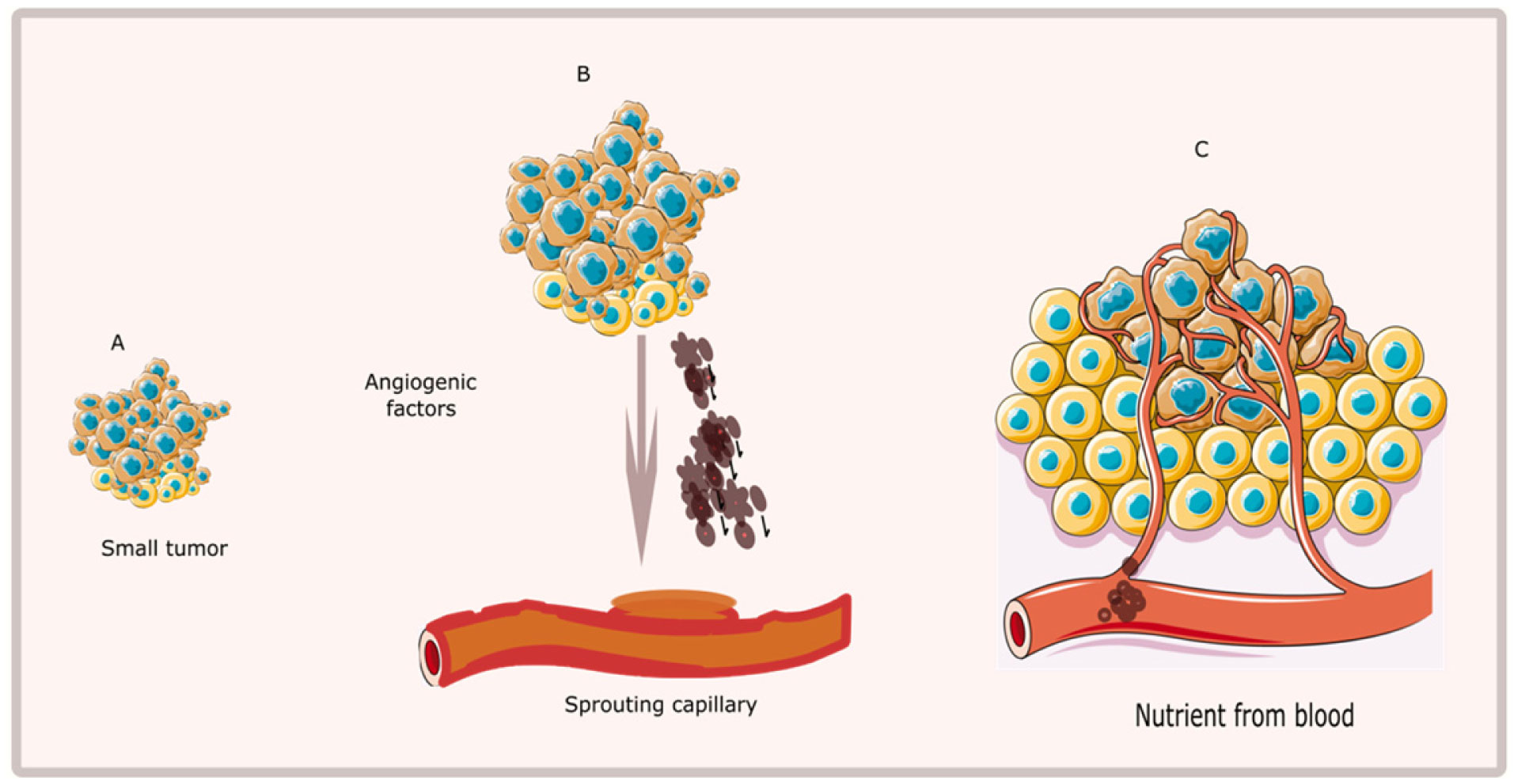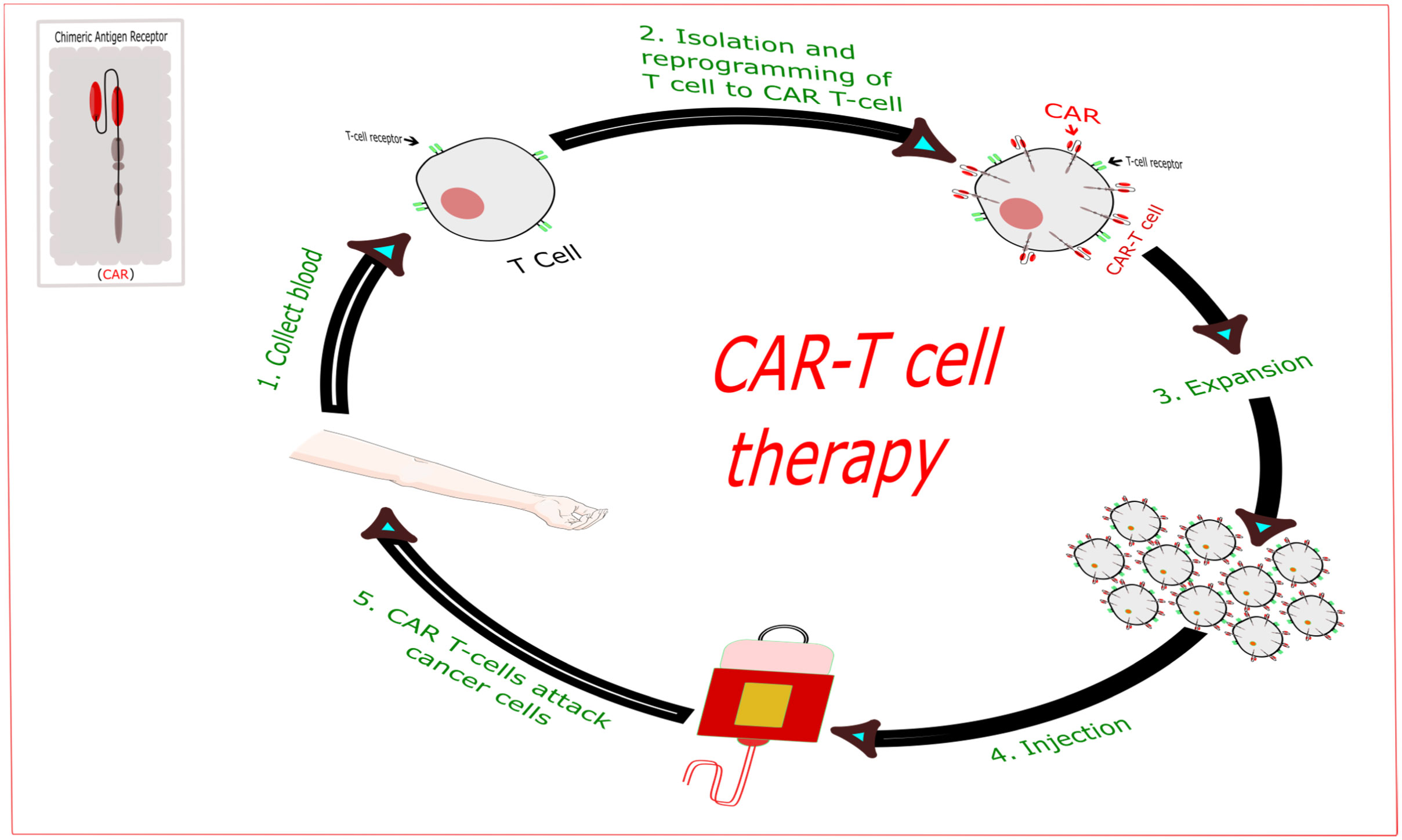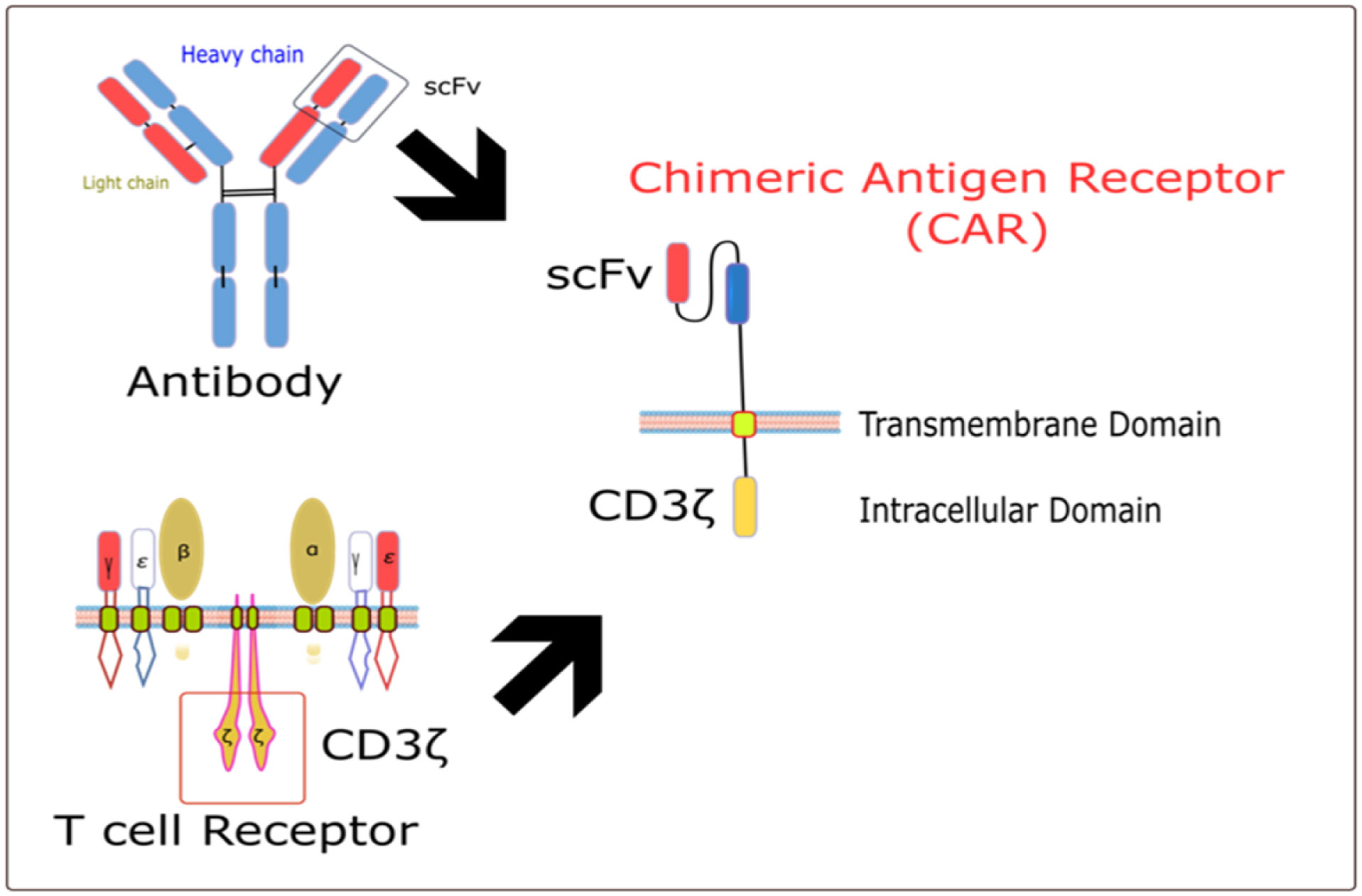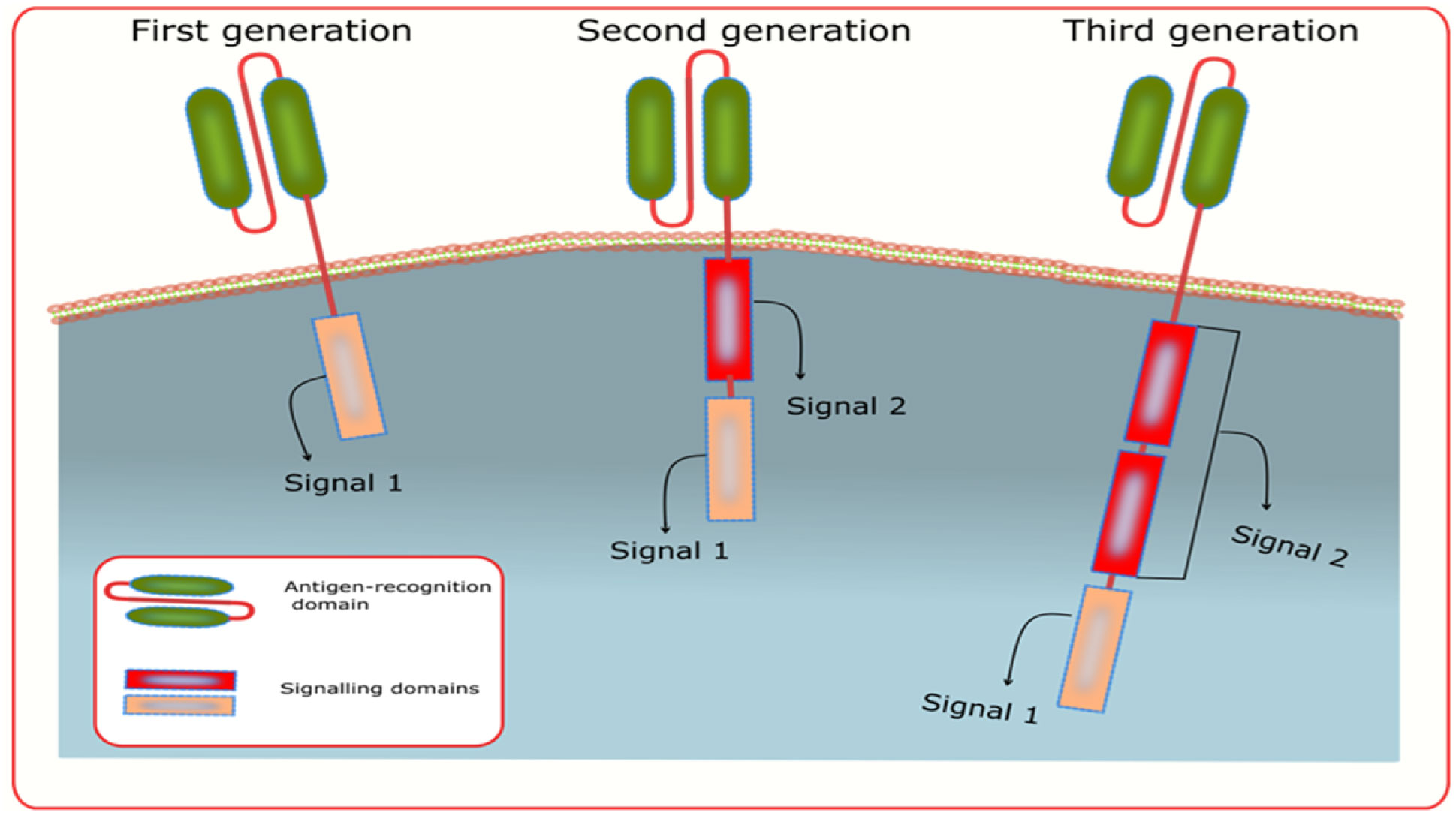This paper maintains that neither a domain-general nor a domain-specific framework is appropriate for furthering our understanding of human evolution and ontogenesis. Rather, as we learn increasingly more about the dynamics of gene-environment interaction and gene expression, theorists should consider a third alternative: a domain-relevant approach, which argues that the infant brain comes equipped with biases that are relevant to, but not initially specific to, processing different kinds of input. The hypothesis developed here is that domain-specific core knowledge/specialized functions do not constitute the start state; rather, functional specialization emerges progressively through neuronal competition over developmental time. Thus, the existence of category-specific deficits in brain-damaged adults cannot be used to bolster claims that category-specific or domain-specific modules underpin early development, because neural specificity in the adult brain is likely to have been the emergent property over time of a developing, self-structuring system in interaction with the environment.
1.
Introduction
Cancer comes from the Greek term karkinos, and was first used in 460–370 B.C. by the physician Hippocrates to define abnormally large tumor cells, but Hippocrates was not the first cancer-related expert [1],[2]. Early human bone records discovered in the ancient Egyptian civilizations and old manuscripts from 1600 B.C. contained some cases of breast cancer, and no treatment for this kind of disease was mentioned. In general, all types of cancer cells break the controls of the cell cycle during cell growth [3],[4], and there are more than 200 different types of cells in the body. Some types of cells grow continuously and divide according to the body demands to replace damaged cells and cell debris in the tissues and organs of all living organisms [5],[6]. Therefore, different kinds of body cells become a source to different kinds of cancer cells in the body.
Humans are made up of billions of cells, and each cell has an opportunity for mutation and cancer, which implies that cancer, can occur everywhere in the body of humans. However, tissues and organs in which the cells, such as cardiac muscle cells, do not proliferate may not have much opportunity for cell cycle disruption, while skin and other cells have a substantial opportunity for mutation and cancer [7]. In addition, numerous factors affect cells, particularly cell genetics, and lead to abnormal mutations in the DNA sequence, such as smoking, radiation, environmental factors and viruses. However, all cells have many mechanisms to protect and repair themselves during the cell cycle, such as P53 and tumor suppressor genes. Unfortunately, some of these mutations may be passed on to the offspring and become a hereditary disorder. Cancer cells have many differences from normal cells [8],[9]. The effects of many cancers can be prevented by being aware of and discontinuing the associated risk factors, such as trying to quit tobacco and altering lifestyle, as well as by diagnosing cancer at an earlier stage. These changes may provide a better chance of cure and longer survival and prevent the invasion of other tissues and metastasis. Benign tumors are treated and removed by surgery, while malignant tumors have the tendency to recur after surgery [10],[11]. The era of immunotherapy, particularly CAR T-cell immunotherapy, has brought great clinical successes in the field of cancer treatment in hematological cancers, which encourages the development of CAR T-cells for solid tumors and the production of universal CAR T-cells [12],[13].
2.
Historical descriptions and hypotheses of cancer
2.1. The humor theory
Hippocrates was one of the famous physicians who thought that the human body contains four distinct types of humor (body fluid), blood, phlegm, black bile and yellow bile, each of which is responsible for a particular body function. Any anomaly that occurs may contribute to disease; for example, extra black bile in any area was thought to be cancer [14].
2.2. The lymph theory
This conceptual model of cancer cell development is based on fluid called lymph; blood and lymph circulate continually throughout the tissue and thus can access all components of the body. The hypothesis of lymph originated in the 17th century.
2.3. The Blastema theory
In 1838, Muller demonstrated this theory, in which cancers result from cells and not lymph and cancer is derived from healthy cells.
2.4. The trauma theory
From the end of the 1800s until the 1920s, many researchers believed that the formation of cancer cells was due to trauma.
2.5. The parasite theory
Another significant concept of cancer cells was the parasite theory, in which cancer was thought to be caused by parasites, and this idea remained until the 18th century[14],[15].
2.6. Viruses and carcinogens
In 1911, Peyton Pou discovered that Rous sarcoma virus causes disease in pigs. After 150 years, humans have revealed much information about the biochemical composition and elements of many viruses and carcinogens. Smoking (nicotine) has been characterized as carcinogenic, and more than one carcinogen was recognized; as such, researchers teased out the precise mechanisms of how smoking causes disease [16],[17]. From that day forward, environmental factors were considered one of the critical variables affecting living organisms. Many cancer illnesses resulting from environmental pollution contribute to alterations in DNA, but all factors affecting bodies lead to cancer; only certain forms lead to malignancy, while other factors might cause alterations such as hyperplasia, dysplasia and other benign changes [18]. Hyperplasia occurs when cells within the body develop quicker than usual, and dysplasia is a more complex disease than hyperplasia. Cells start to appear abnormal in complexion and shape with dysplasia, and these changes can be tracked during treatment of certain kinds of dysplasia, as illustrated in Figure 1 [19]. Cancer cells differ in several ways from normal cells, and cancer cells have associations with different types of mutations and diseases; for example, thalassemia due to iron overload can cause the liver tissue to grow out of control and become a tumor [20]–[22]. One major distinction is that there are fewer specialized tumor cells than ordinary cells. This means that while normal cells mature into very distinct cell types with specific functions, cancer cells cannot mature like this. This is one reason why cancer cells develop without inhibition and without response to ordinary stimuli, which normally prevent cells from growing too much [21],[23]. Certain genes tend to have a number of mutations in all kinds of cancer cells, each patient with cancer has a unique set of genes affected [24]. In addition to the detrimental effects of the environment, numerous scientific studies indicate and support the positive effects of the environment and organic molecules on the treatment of tumors [25]. Specifically, some organic products and foods are angioinhibitors. Through several avenues of research, we have come to understand what proteins and RNA molecules communicate during malignant transformation, and the identification of these molecules can assist investigators in determining which drug is most efficient in attacking a patient's specific tumor cells [24],[26].
3.
Classical therapy of cancer
One of the most popular procedures for particularly large cancers is surgery [27],[28], but many physicians and researchers in the past realized that some types of tumors were more likely to respond to treatment and surgery, while others were more likely to relapse and take on a more severe form after surgery [29]. However, they did not understand how the tumor returned soon after the operation [30]. Many surgeons believe that cancer cells in many organs have the ability to cause relapse and migrate through the circulatory system and lymphatic to another organ in the body. Anesthesia was introduced in 1846. Later, at the beginning of the 1970s, the creation of ultrasound tools such as computed tomography (CT), magnetic resonance imaging (MRI) and positron emission tomography (PET) had an important effect on many individuals suffering from cancer, and endoscopy helped all surgeons perform high-precision surgery and resect many components of the digestive system shortly after diagnosis. Single-photon emission computed tomography (SPECT) and some biochemical biomarkers can be used to diagnosis of many cancer cells such as proteins and microRNA [31]–[34].
In the 20th century, many researchers and surgeons found a unique strategy to battle tumor cells: the combination of chemotherapy with radiation after surgery; usually, chemotherapy destroys all the rapidly proliferating cancer cells and the ordinary cells with naturally elevated proliferation rates; e.g., skin and some other cells in the body, can be affected. Over the years, many chemotherapy and drug treatments have been successfully used for many forms of cancer [35]. in addition to progress in reducing the complications of chemotherapy, improved drugs that specifically target tumor cells, such as monoclonal and multiclonal antibodies to specific antigens in cancer, have also been developed [36]. Many studies have also shown that hormones have a dramatic impact on cancer cells, especially in breast and prostate cancer treatment, which significantly reduces the chances of these two organs being exposed to cancer [37]. Radiation therapy of tumor cells is another method to destroy cancer cells, as revealed in Figure 2, but immediately after this technique was introduced for cancer treatment, many scientists and studies found that radiation led to damage to ordinary cells in addition to killing cancer cells [38],[39]. However radiotherapy was reached to atomic level monitoring as used in Boron neutron capture therapy (BNCT), it can precisely target harmful cancer cells and combine with many anticancer approaches [40].
4.
Modern clarifications and understanding of cancer
In the middle of the 20th century, tumor suppressor genes, oncogenes, and proto-oncogenes were revealed after many experiments. Subsequently, researchers started to question what factor was responsible for cancer in an attempt to fix the aberration. Watson and Crick discovered in 1953 that the basic component of cells is DNA, which was found to have a characteristic double-stranded helical structure [41]; with these findings, DNA became a vital molecule in molecular biology for understanding the blueprint of life. In 1962, Watson and Crick received the Nobel Prize for their research. Soon after, many experiments and researchers tried to learn how DNA and genes can carry information and pass it from parent to offspring and how mutations linked to cancer contribute to cancerous processes as well as to determine the causative agents of cancer (carcinogens), such as radiation, chemical factors and some viruses [42],[43].
Proto-oncogenes are ordinary genes commonly found in all cells, and the primary role of these genes is connected with differentiation and cell growth regulation [44]. When a mutation occurs in a proto-oncogene, it becomes an oncogene that stimulates cells to develop out of control and, as a result, produces cancer cells (Figure 3). Tumor suppressor mutations are another important mutation that has an effect on cell formation, tissue maintenance, and cell regulation in the body [45]. Some researchers have shown a substantial effect on defects in both proto-oncogenes and tumor suppressor genes in cancer-related tissue development, such as alterations in BRCA1 and BRCA2, and approximately 5% of all breast cancers are connected with alterations to chromosome 17 [46],[47]. Another important protein member in the apoptosis protein family is survivin, it has great roles in cell cycle and cell regulation by inhibiting apoptosis, high expression of survivin is observed in many human cancer cells as compared to normal cells [48].
DNA controls the development and division of cells throughout the body; any modifications or mutations in DNA that lead to cancer cells appear to influence three significant types of proto-oncogenes, tumor suppressor genes, and DNA repair genes. These mutations are sometimes called “drivers” of cancer. Proto-oncogenes are involved in healthy cell growth and division. Although these genes are involved in some normal processes or are more effective than the ordinary gene in the body, they can become cancer-causing genes (or oncogenes); such altered genes enable cells to develop and thrive when they should not [23]. Tumor suppressor genes also control and regulate cell growth and the cell cycle. Cells with particular mutations in tumor suppressor genes can proliferate in an uncontrolled fashion. DNA repair genes are involved in repairing damaged DNA. Cells with mutations in tumor suppressor genes tend to produce additional mutations in other genes. For example, APC gene mutations can cause hereditary cancer syndromes [49],[50].
4.1. Modern therapy for tumor cells is immunotherapy
Cell therapy has developed a powerful tool in the remedy of many diseases such as liver, lung, cardiovascular, and cancer diseases. Various kinds of cells can be used for treatment [51]. The immune response as a fundamental defender of the body has many elements to kill cancer cells, e.g., white blood cells, T-cells, B-cells, and natural killer cells. In addition, many researchers and scientists modify natural anticancer agents and use them as Therapies, e.g., cytokines, interleukins, and interferon. Some recent FDA approved in Table 1 [52]–[56]. With advances in the understanding of the composition and biochemical elements of tumor cells and healthy cells, another treatment strategy for cancer cells is related to growth factors and gene therapy. Evidence has shown that growth factors have major effects on cell growth and cell division, and many researchers and scientists have recognized that developing an agent to inhibit such factors could prevent cancer cells from growing abnormally or targeting cancer gene directly without any risk to normal tissue such as mesenchyme stem cells (MSCs), nowadays have extreme attention as a gene delivery system [57]–[60]. Programmed cell death (apoptosis) is normally triggered in cells that undergo DNA damage in the form of specific abnormalities and is an important method that occurs as cells age or develops any aberrations over their lifetime. As such, the induction of apoptosis could be activated in cancerous cells by drugs to discourage tumor cell growth [61].
4.2. Angioinhibitors as an endogenous tumor cell therapy
Angiogenesis is the standard process by which current blood vessels create fresh blood vessels, and its well-known marker of cancer cells, tumors use this signaling to acquire a blood supply, as show in Figure 4, which provides nutrients for the growth of tumor cells [62],[63]. Angiogenesis is a physiological mechanism that is involved in every injury in the tissue and normally serves to aid in healing and recovery after damage; however, the angiogenesis system is completely distinct in cancer, in which the fresh blood vessels sustain tumor cells and allow the cancer cells to develop out of control [64]. Thus, targeting angiogenesis in tumor cells can have a significant impact on cancer cells. This concept was initially suggested by Judah Folkman of Harvard Medical School. After many years of clinical trials, angioinhibitors were approved for use in 2004, and now more than 25 endogenous angioinhibitors have received clinical approval as cancer therapies because many angiogenesis signals have been found in cancer cells. In the field of angioinhibitor research, the combination of chemotherapy with antiangiogenic agents is an alternative strategy to counter the nutritional support provided by the vasculature to cancerous cells. A greater understanding of the features and properties of cancer cells of distinct types and further developments in molecular biology can create many effective strategies to treat cancer [65],[66]. There have been revolutionary advances in biotechnology worldwide, and the current understanding of the scientific community allows cancer therapy to become more influential with a high degree of precision in treating cancer cells with few side effects to healthy tissues or organs [67].
Different types of vaccines apply to cancer cells: A vaccine is one more significant method that can be used to win the fight against cancer. There are many distinct categories of antibiotics, but the most significant types are the ones connected with cancer vaccines [10],[68]. Fundamental roles of cancer vaccines are to induce the immune system to recognize and combat cancerous cells that evade the immune system, via mechanisms such as T-cell activation by CAR T-cells, in order to combat abnormal cells more effectively [69]. In addition to the strategies that have already passed many developmental barriers, each new cancer therapy is exposed to new challenges. Another active area of study in the world is immunotherapy, which makes use of immune cells such as natural killer cells, B-lymphocytes and T-lymphocytes, mainly cytotoxic T-cells, and this technique has been a powerful weapon in the treatment of certain types of cancer. International researchers and collaborators are attempting to conduct a global review and study of the many aspects of cancer-related micro environmental conditions by recording data and creating immune scores as a new approach to evaluating cancer [70],[71].
Lung cancer therapy in Cuba: Lung cancer vaccines were first administered in Cuba. Since then, there has been enormous support from the government of Cuba to create a molecular center for cancer vaccines, which has become a fundamental piece for the development of lung cancer therapies in Cuba. CIMAvax EGF is an anticancer vaccine used in adults with stage IIIB/IV non-small-cell lung cancer (NSCLC) in Cuba [72],[73].
4.3. Checkpoint blockade
Checkpoint blockade for cancer cells is one therapeutic approach to antitumor immunity induction. Checkpoints of the cell cycle and the immune system are involved in a multitude of inhibitory and other immune mechanisms that are important for maintaining self-tolerance and physiological environmental reactions in a unique manner [22].
5.
Chimeric antigen receptor (CAR) T-cell therapy
CAR T-cell therapy is an advanced form of immunotherapy that allows for more targeting accuracy than other immunotherapy methods but is administered in the traditional way. Steven Rosenberg at the National Cancer Institute (NCI) collected T-cells that migrated and invaded tumors, cultivated them in the laboratory, and reinserted them into patients with tumors in an experiment over several years (Figure 5). This strategy only functions when tumor cells can be accessed by T-cells [74]. Rosenberg subsequently released the outcomes of this CAR therapy in 2010, which became a customized treatment that involves modifying and enabling a patient's own T-cells to target tumor cells [75]. Although this strategy has recently been used in a range of clinical trials, it can be used for tumor relapse. Scientists believe that CAR T-cells can attack all tumor proteins in the body and can be administered with antibiotics [76]. Engineered CAR T-cells are still under laboratory consideration, but the systemic reactions and effects caused by such strategies are quickly becoming the norm of therapies against tumor cells, while it has some limitation probability due to immunosuppressive mechanisms of tumor niche [22],[77]. CAR T-cell treatment of certain types of hematological malignancies was applied in some countries around the world (Table 2) [56],[78].
The best part of immunotherapy with CAR T-cells is the strong response in patients with cancer, and CAR T-cell treatment is currently being researched in many kinds of solid tumors and has been included in several clinical trials (Table 3) [56],[84],[85]. CAR T-cells are designed and modified to express receptors that redirect and recognize polyclonal T-cells and monoclonal tumor cells [78],[86]. CAR T-cells consist of a fusion protein, which includes an intracellular binding domain, a transmembrane domain, and an extracellular binding domain. The extracellular domain is usually copied from antibodies as a single-chain variable fragment (scFv), as shown in Figure 6, while CD3z is linked with stimulatory molecules, for instance, CD134, CD28 or CD137, as an intracellular signaling domain [87]–[90].
The heavy and light chains of the antibody are used as variable regions in CAR T-cell receptors to aid in targeting particular tumor antigens in the context of the major histocompatibility complex (MHC). The extracellular domain of CAR T-cells consists of a monoclonal antibody (mAb) and is able to efficiently target tumor antigens in the body. The generation of CAR T-cells depends on the intracellular binding domains, which have increased co-stimulatory abilities in second- and third-generation CAR T-cells, as presented in Figure 7. In the studies of first-generation CAR T-cells, researchers observed that the T-cells in vivo had no activity in addition to the specific CAR T-cell mechanisms; these mechanisms were still active, but there was no cytokine response or recognition of tumor antigens. Therefore, additional stimulatory binding domains were added to CAR T-cells, giving rise to second- and third-generation CAR T-cells with CD28 as a co-stimulatory domain [95]–[98].
6.
Side effects of CAR-T cells therapy
Obstacles of CAR T-cell therapy are associated with two well-known problems, first cytokine release syndrome (CRS) and second neurotoxicity. CRS has a common presentation in patients treated with CAR T-cell therapy, and it can be life-threatening when it became severe. Standard treatment for CRS is tocilizumab, it acts as anti-interleukin-6, because of in vivo activation and proliferation of CAR T-cell lead to secretion of interleukin-6. The complications of neurotoxicity caused by CAR T-cell therapy is related with dose and schedule of CAR T-cell or bulk of disease [99]–[101].
Logistical obstacles are another limitation of widespread an application of CAR T-cell immunotherapy. Because of the process to prepare CAR T-cells requires weeks to be ready to use. Genetic modification and expansion and other stages before reinjection into patient, while some patients may suffer from relapses that is not allow to be postpone. In clinical trial most of the treated patients are children and young adults, therefore the ability of older patients to tolerate toxicities of CAR T-cells therapy such as neurotoxicity and CRS is not clear [102],[103].
7.
Conclusion
In summary, there have been huge improvements in the fields of cancer therapy and diagnosis from the past until now. For instance, surgery, chemotherapy, and radiation therapy of tumors as common and classic treatments have been incorporated into modern therapy in combination with immunotherapy to target particular cancer cells with fewer side effects to normal cells, unlike historical treatments, which were associated with many health complications. The encouraging results of CAR T-cells as a therapy against hematological malignancies bring a new era of cancer treatment. Despite the development of many other crucial cancer therapies, such as cancer vaccines, blockade of cell cycle checkpoints, and inhibition of cancer angiogenesis, CAR T-cell therapy has become the latest version of cancer therapy and was approved by the U.S. FDA in 2017. Although there have been clear and positive outcomes of CAR T-cells, more research and modifications are needed, especially in the field of tumor therapy and in terms of combinations with other therapies.
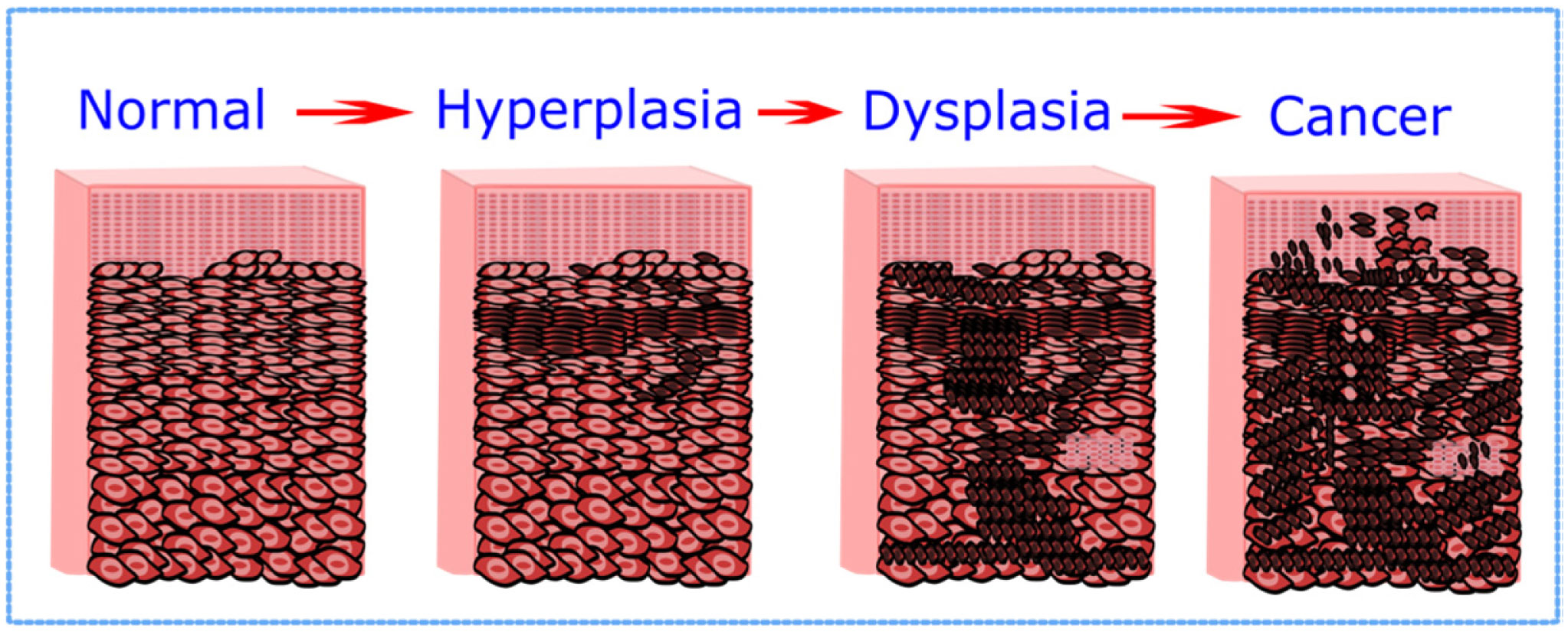









 DownLoad:
DownLoad:
